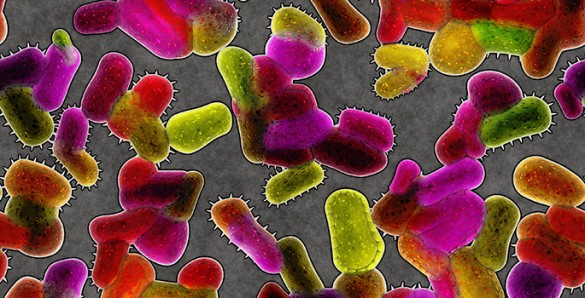
Understanding the mechanisms of intestinal disease is hindered by the lack of information about the development of the intestinal mesoderm – an embryonic cell layer that gives rise to many adult tissues.
Rebecca Thomason, David Bader, Ph.D., the Gladys Parkinson Stahlman Chair in Cardiovascular Research, and Nichelle Winters, Ph.D., published a morphological map of intestinal mesoderm development from early embryogenesis to adulthood in quail, a model organism that shares many major structural features of the intestine with mammals.
The researchers provide a timeline of development of mesoderm-derived tissues. They also quantified intestinal growth over time. By taking a bird’s eye view throughout development and examining multiple features concurrently, the authors were able to identify numerous correlations that point to previously unsuspected tissue and cell interactions.
With this map, published in the November issue of Developmental Dynamics, the authors have provided researchers in the field with an invaluable tool for comparing normal intestinal development with disease models or genetic variants.
This study was supported by grants from the National Institute of Diabetes and Digestive and Kidney Diseases (DK083234, DK058404, DK020593, DK059637), the National Cancer Institute (CA068485), the National Institute of Child Health and Human Development (HD015052), and the National Eye Institute (EY008126) of the National Institutes of Health.
By Jessica Mazerik
Contact: aliquots@vanderbilt.edu















